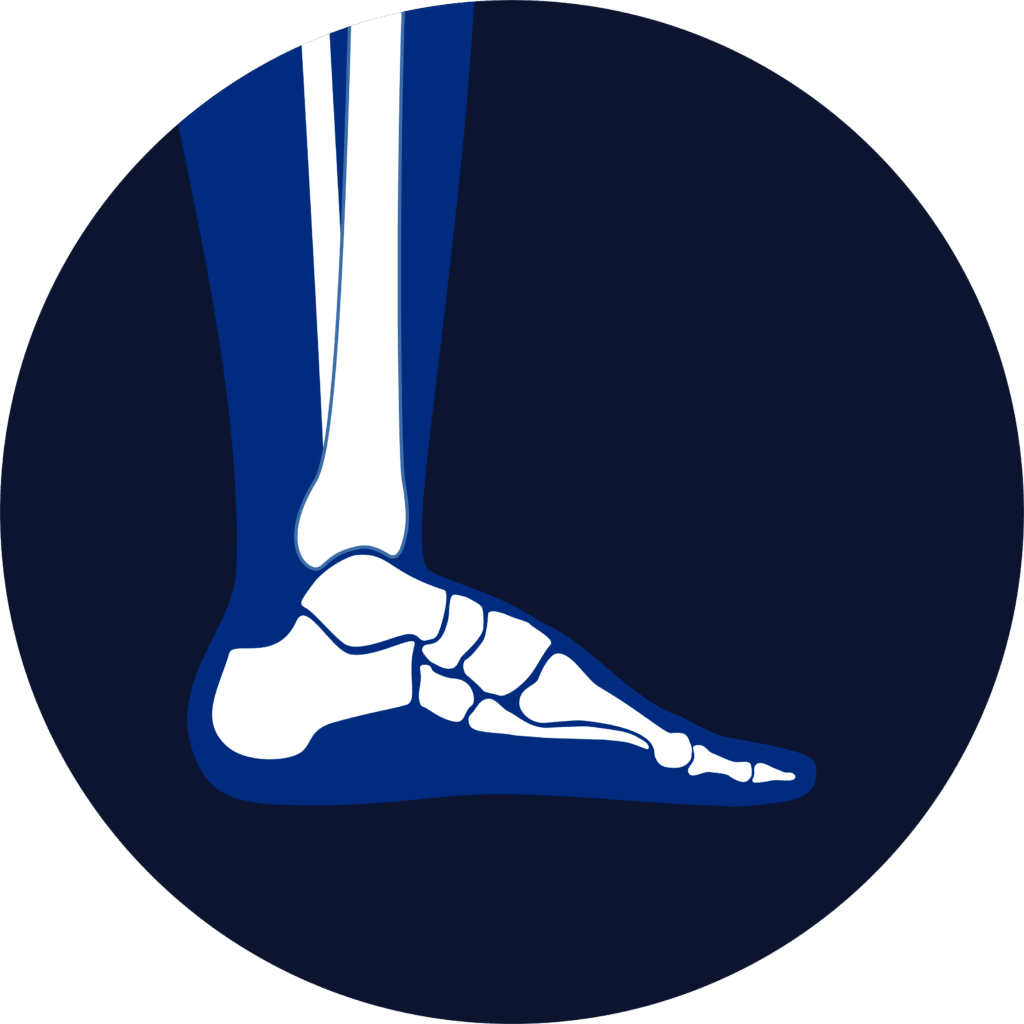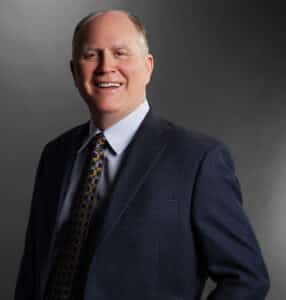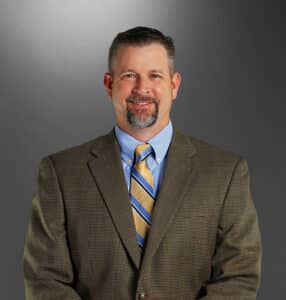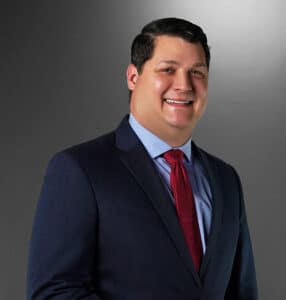Foot & Ankle
Foot and ankle pain can be quite debilitating. Learn more about types of pain, their causes, symptoms, and treatments.

Foot & Ankle
The most common causes of foot and ankle pain are sprains, fractures, tendonitis, bursitis, arthritis, nerve damage, and heel or arch pain. The complex anatomy of the foot and ankle area pain can be a result of many issues and has the potential to be incredibly frustrating:
- • Sprains occur when ligaments around the foot or ankle become stretched or torn. This often happens when an individual participates in an activity that requires running, jumping, or sudden changes in direction, such as playing sports.
- • Fractures in the foot or ankle can happen from any type of traumatic force such as a fall or heavy impact on the bones in the area.
- • Tendonitis causes inflammation of tendons due to overuse activities such as running long distances without proper stretching beforehand.
- • Bursitis can be caused by overuse activities but involves inflammation of small pockets filled with fluid located near joints and tendons to reduce friction.
- • Arthritis is another cause of inflammation that can affect any joint including those found in the feet and ankles which compromises movement.
- • Nerve damage is usually caused by nerve trauma leading to tingling sensations and numbness down the feet.
- • Heel and arch pain can occur for many reasons including wearing ill-fitting shoes for extended periods which puts undue stress on these areas.
When it comes to remedying these conditions, treatments range from simple home remedies to more complex medical procedures depending on how severe they are. Regardless of what type of treatment you choose, it should always begin with a proper diagnosis at your doctor’s office so they can help you determine what will work best for you according to your condition’s severity level. Schedule an appointment with Victoria Orthopedic Center if you are experiencing any discomfort in your feet or ankles.
Learn More
The ankle and foot perform two major roles; they support the body and propel it forward. In the process of performing these functions, several painful conditions may develop.
The human foot and ankle are complex, intricate structures composed of multiple bones, joints, ligaments, tendons, muscles, and other soft tissues that work together to provide balance and mobility while standing, walking, and running.
A foot and ankle sprain occurs when an excessive amount of force is applied to the ligaments of the foot or ankle, leading to pain, swelling, bruising, instability, or a combination of these symptoms due to tissue damage caused by the overstretching or tearing of the ligaments.
Following a sprain, doctors will often ask patients questions concerning the injury in order to make a valid diagnosis. Depending on the severity of the sprain, doctors may then recommend a procedure ranging from conservative approaches such as immobilization and pain relief medications to more extreme surgical interventions for those with serious tissue damage.
Those who undergo ankle sprain treatment are encouraged to partake in rehabilitation, which is essential for recovery. With proper rest and care, most people with a foot or ankle sprain find that they feel fully recovered after a few weeks or months depending on its severity.
Plantar Fasciitis is a common musculoskeletal disorder caused by chronic overuse of the plantar fascia, the tissue connecting the heel bone to the base of your toes, resulting in pain and inflammation of this important ligament. Some plantar fasciitis causes include high or low foot arch, weight gain, or wearing improper footwear.
When dealing with the discomfort of plantar fasciitis, it’s important to get with a doctor as soon as possible. They can assist in correctly diagnosing the condition and determine appropriate treatment plans, which can be non-invasive based on severity.
In all, recommended treatment usually involves a combination of conservative treatments like rest and stretching exercises as well as professional procedures such as orthotic devices. Those who undergo plantar fasciitis experience regained comfort and mobility in the foot.
Foot fractures can be particularly debilitating, as the delicate bones of the feet are essential for bearing weight and providing stability while standing, walking, or running, making them critical for everyday activities such as mobility and range of motion.
When it comes to foot fractures, it is important to take action as soon as possible. Early diagnosis and treatment can greatly reduce pain and discomfort and speed up the recovery process. In most cases, conservative treatment options, such as a cast, rest, or compression, are available and will enable patients to get back on their feet sooner rather than later.
However, when these fail to provide relief, surgery may be the only viable procedure. Foot fracture surgery helps realign the foot structure . After enough time has passed, individuals who have undergone surgery should be able to enjoy a fairly complete recovery, getting back on their feet in no time with no discomfort or swelling.
An ankle fracture is a common orthopedic injury that occurs when the bones of the ankle are broken, which can be caused by a high amount of force from activities such as falls, sports, and traumatic accidents.
When dealing with an ankle fracture injury, it is important to seek immediate medical care for proper diagnosis based on the severity. A doctor will assess the angle of the break and recommend one of several treatment options, both conservative and surgical. In milder cases, visible swelling is managed using conservative treatments such as crutches and ice packs alongside a prescribed dose of antibiotics or anti-inflammatories; however, if there are displaced fragments that cannot be corrected manually then surgery may be recommended to realign the bones.
Post-surgery recovery depends on personal conditions but often involves physical rehabilitation and can last for a few months. Your doctor may recommend regular follow-ups to monitor progress and determine when full strength has been regained. Those who undergo ankle fracture treatments experience relief in their ankle, reduced swelling, and regained strength.
Achilles tendon tear repair typically involves a surgical procedure to reattach the torn tendon, followed by physical therapy and rehabilitative exercises to improve strength and flexibility in the affected leg for successful long-term recovery. There are conservative treatment options available before resorting to surgery, such as physical therapy and non-steroidal anti-inflammatory medications, however if these don’t improve symptoms a doctor may suggest surgery as the best approach for successful long-term recovery.
Treatment of an Achilles tendon tear repair typically involves a surgical procedure done by a physician to reattach the torn tendon, followed by rehabilitative exercises and physical therapy post-operation. It is important to commit to doing the recommended exercises following surgery in order to properly heal and avoid re-rupture of the tendon. Those who experience achilles tendon tear repair notice improved strength and flexibility in the affected leg – resulting in a successful long-term recovery.




